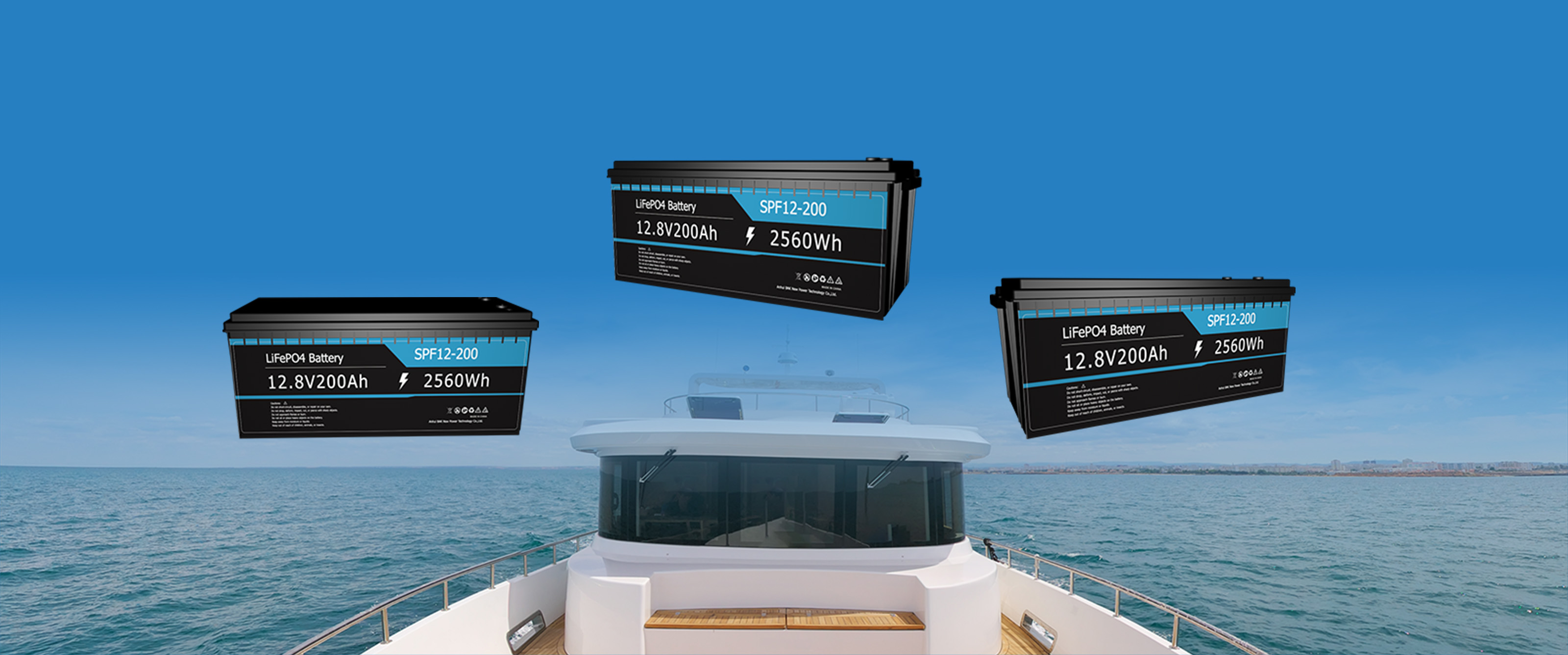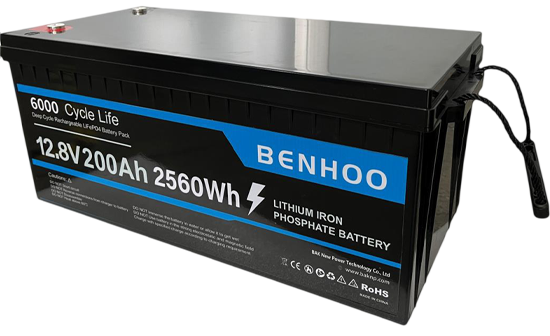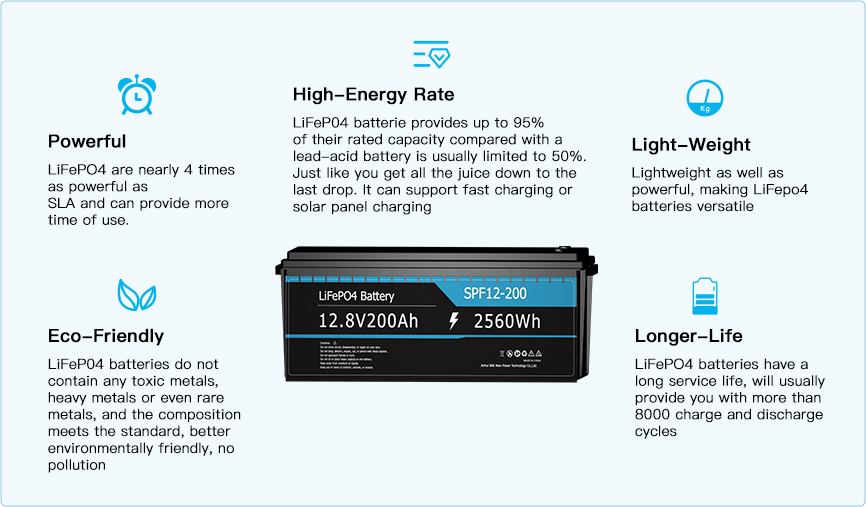We know that battery development has gone through lead-acid batteries, alkaline batteries, nickel-cadmium (NiCd) and nickel-metal hydride (NiMH) batteries and now lithium batteries.
Lithium-ion batteries offered higher energy density, longer cycle life, and lighter weight compared to previous battery chemistries, revolutionizing portable electronics, electric vehicles, and energy storage systems.
But, did you know that lead-acid batteries have a wider range of uses and benefits?
- Standby power for telecommunications, emergency lighting, and security systems
- Renewable energy storage for off-grid and backup power systems
- Forklifts and other industrial equipment
- Marine and recreational vehicles
- Automotive starting batteries
Advantages:
- Low cost compared to other battery technologies
- Well-established technology with reliable performance
- High surge current capability, making them suitable for starting applications
- Recyclable materials, with a well-developed recycling infrastructure
However, like all batteries, they have a lifespan and will eventually need to be replaced. In this article, we will delve into three critical factors to consider when it's time to replace your lead acid battery: signs it's time to replace, choosing the right replacement, and battery disposal.

Signs It's Time to Replace Your Lead Acid Battery
t’s time to replace your lead-acid batteries now!
You can use lead-acid batteries for 2-3 years, but this can be shorter or longer depending on how frequently and intensively the battery is used. When your engineer works slower, the battery shell expand, or has a quired smell, these key signs indicate that lead-acid batteries need to be replaced. Besides, when your battery needed to be recharged frequently, or can’t work at full load, it also indicated a close to the end of its lifespan.
On the other hand, comparing to lead-acid batteries, LiFePO4 battery is 1/3 smaller in volume, 2/3 lighter in weight with same capacity, and 5-6 times longer lifespan. Most important, it is green and environmental friendly while lead-acid batterie is are environmentally polluting.
With the price reduction of LiFePO4 lithium batteries, It is a more cost-effective solution to use them instead of lead-acid batteries.
BAK New Power’s LiFePO4 Deep Cycle Battery is Reliable, long-lasting energy storage battery, 5 years product warranty, 10 years design life.

Choosing the Right Replacement
When it comes to choosing a replacement for your lead acid battery, there are a few factors to keep in mind. Firstly, you want to ensure that the voltage and amp-hour ratings are compatible with your application. Also, you should consider the physical dimensions of the battery to ensure it fits in the designated space. Furthermore, many people are now looking for more sustainable options, and BAK New Power has several lead acid battery alternatives that offer longer lifespans and are more environmental friendly, and mainly reflected in the following advantages.

Proper Disposal of Old Lead Acid Batteries
Finally, it's important to remember that lead acid batteries should never be disposed of in regular household trash due to their toxic components. Instead, they should be taken to a recycling facility where the lead and acid can be safely extracted and recycled. In many places, retailers that sell lead acid batteries are required to accept old batteries for recycling, so it's worth checking with the place of purchase about their battery recycling policies.
 English
English  Français
Français  Deutsch
Deutsch  Español
Español  Italiano
Italiano  简体中文
简体中文